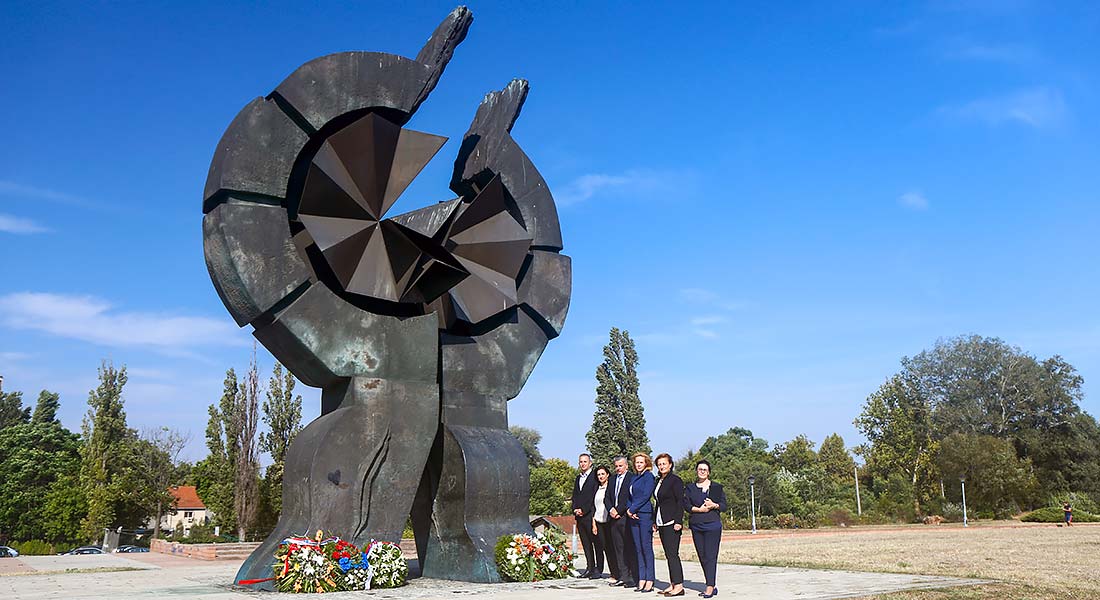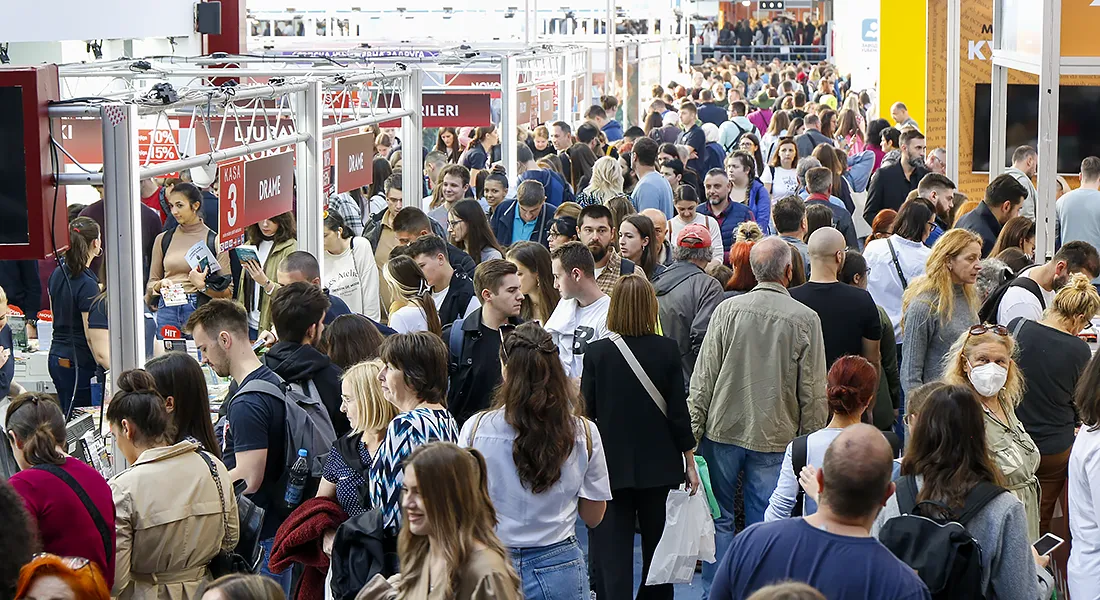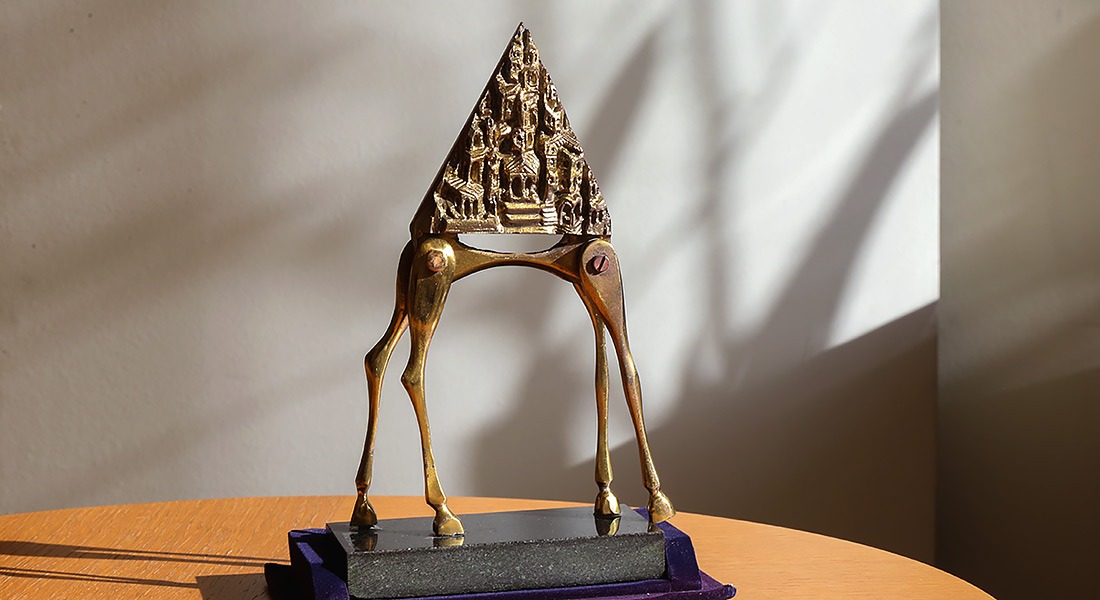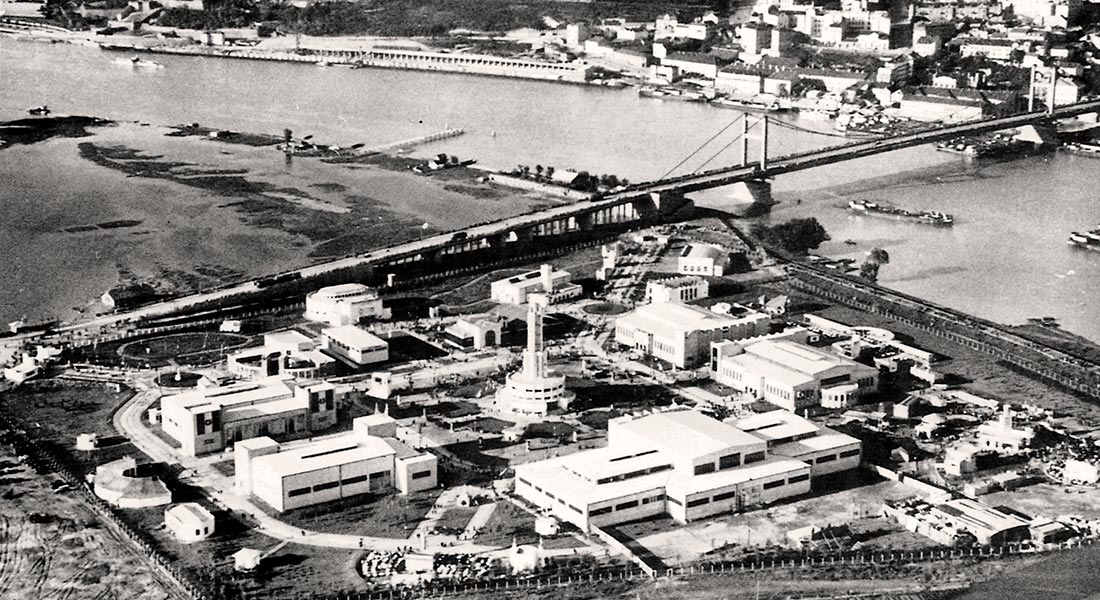Belgrade Fair history with the incredible development from the beginning as example in the exhibition industry of Europe at that time was most tragically marked during the Second World War, when an execution field was formed at the fair ground.
After German bombing of Belgrade on April 6, 1941 Belgrade Fair pavilions were also significantly damaged, which did not prevent the Germans from forming the Fair Ground concentration camp at that place already in autumn, the largest one in Serbia and the second large in Yugoslavia. From December 1941 to May 1942, in the camp first called The Jewish Camp Zemun more than six thousand Jews were killed, mostly women, children and old men. Those not executed at the Fair Ground were killed during the transport to Jajinci, where mass graves were ready.
When Serbia was “cleaned from the Jews” as estimated by the Germans, the camp changed its name into the Reception Camp Zemun, intended for partisans, communists, chetniks and all other political prisoners and undesired citizens from the whole Yugoslavia, but also as the “working”, “collecting” and “distribution center” for the camp prisoners deportation to the forced labor and camps all over Europe. Until the allied forces bombing in 1944, when many camp, i.e. fair pavilions were damaged and destroyed, after which the camp was terminated, about thirty two thousand people passed through the Reception Camp and about eleven thousand of them were killed.
As piety to all victims of the Fair Ground Camp, built on the Belgrade Fair ruins, a Belgrade Fair delegation laid a wreath at the Genocide Victims Monument at the Old Fair Ground.






